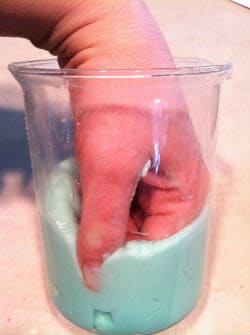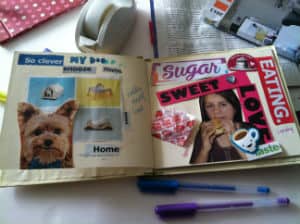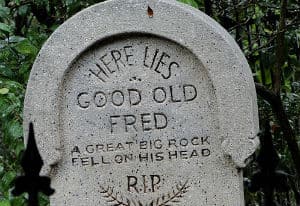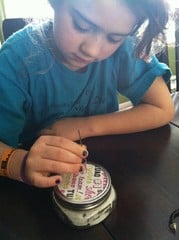Congratulations to the winners of the 2013 TIME for Kids Poetry Contest! I had so much fun reading all the entries and selecting the winners, plus a few “honorable mentions.”
The grand-prize winning poem this year was by 9-year-old Shannon Lipp. Her poem “Cleaning My Room” was so much fun to read that I just had to select it as the best submission of the contest.
In addition to Shannon’s wonderful poem, the runner-up winners were “Devilish Angel” by 10-year-old Austin Valencia, “What Happened at the Zoo” by 10-year-old Emily Klag, and “Eating” by 12-year-old Christy Koh.
You can read all of the winners, plus several honorable mentions on the TIME for Kids website, and in the March 29, 2013 issue of TIME for Kids Magazine.
A big congratulations to all of the winners and honorable mentions, and to all of the kids who took the time to write a poem and submit it. If I could have, I would have picked a hundred winners. There were at least that many poems that were true winners in my eyes.













